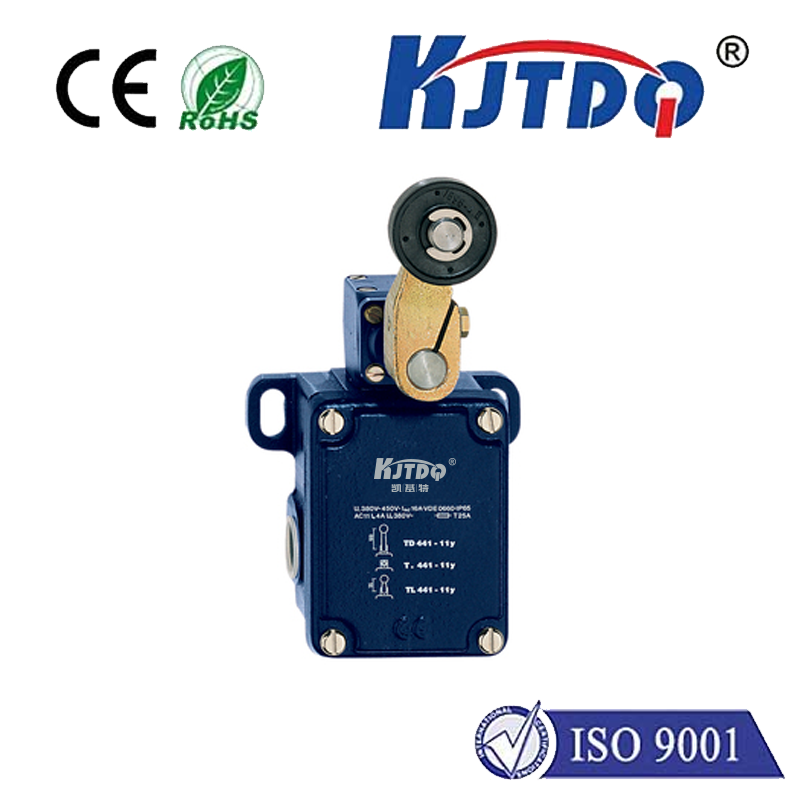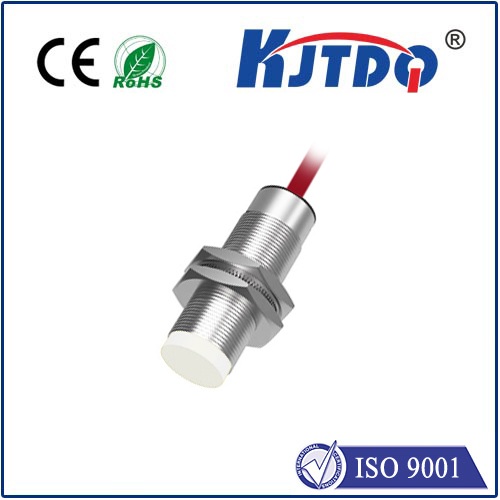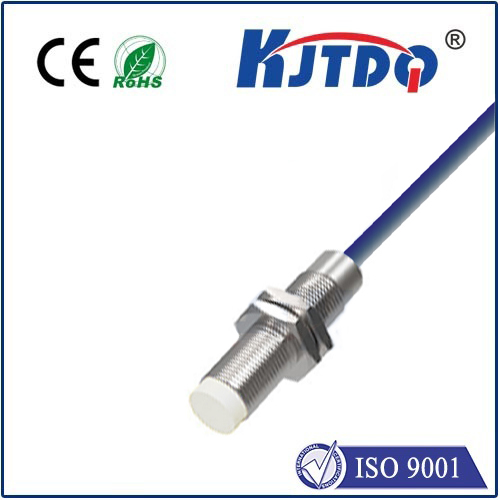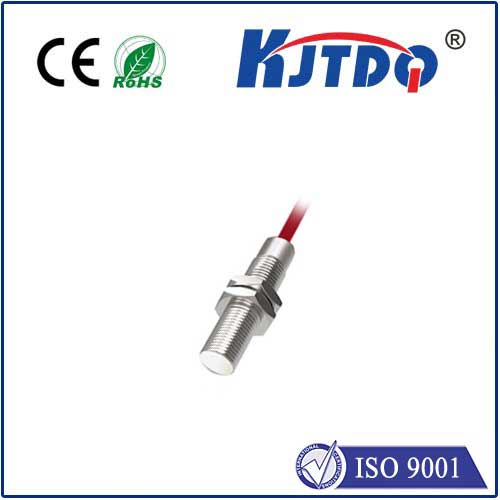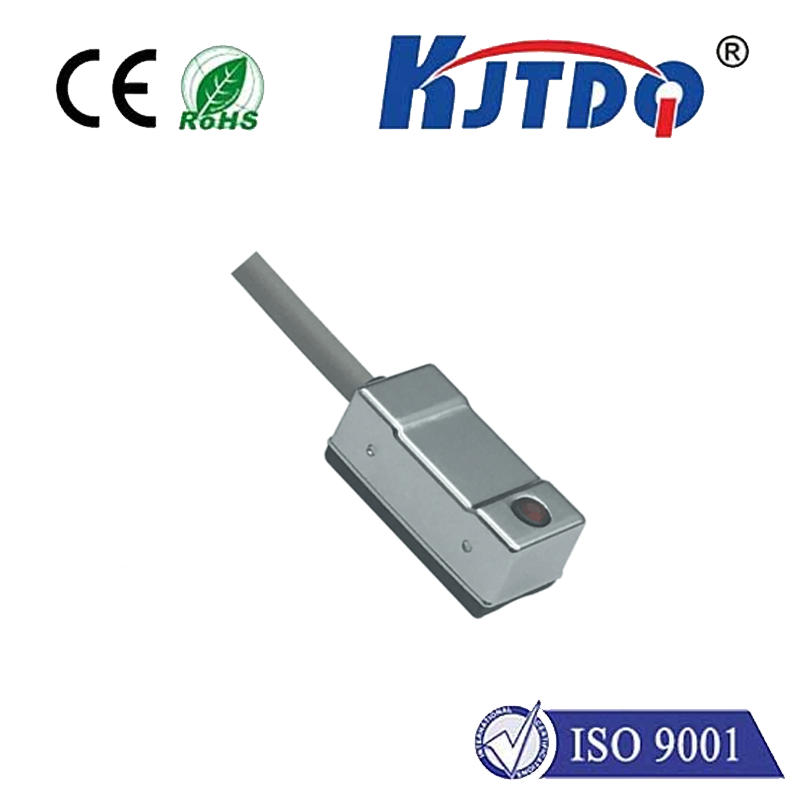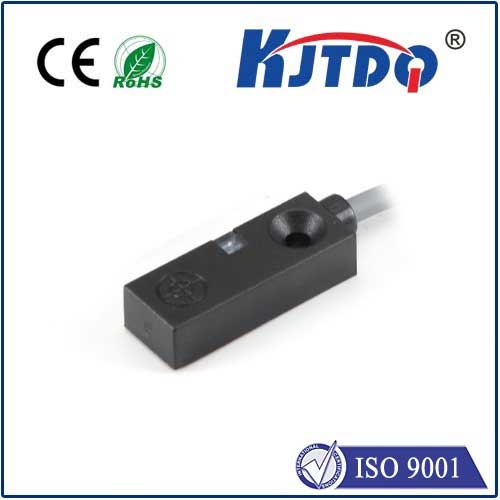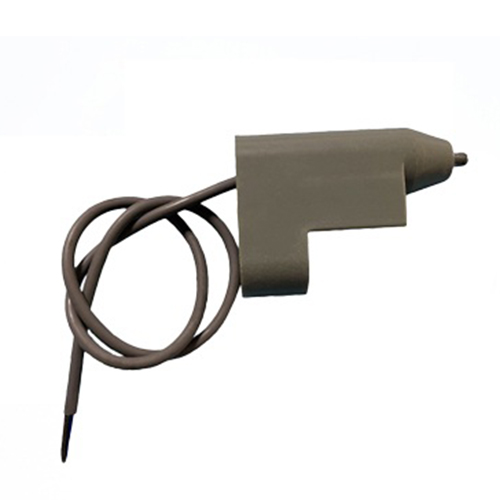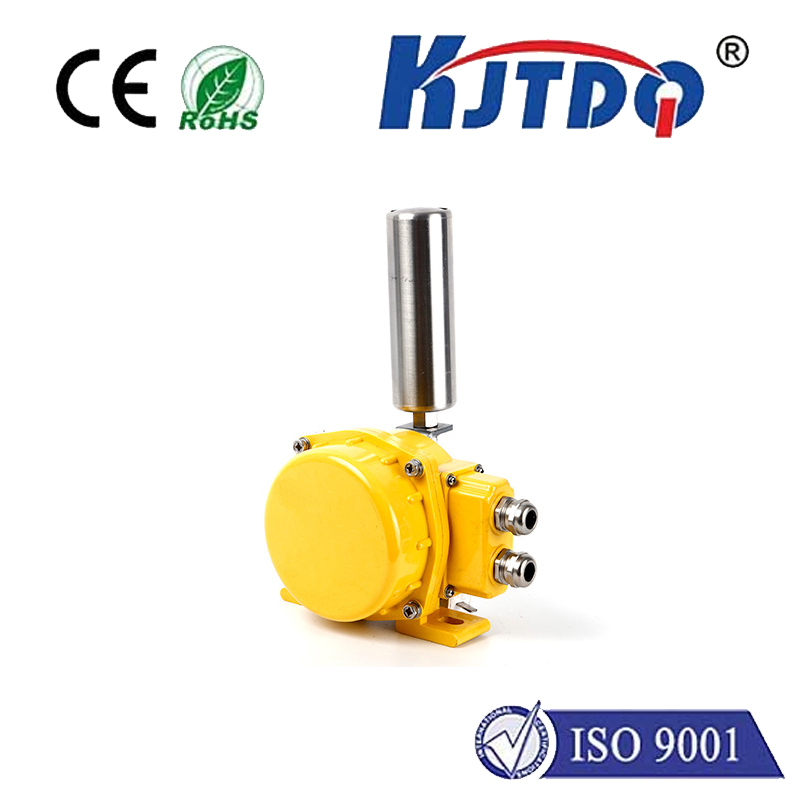temperature probe types
- time:2025-08-23 01:32:27
- Click:0
Temperature Probe Types: Your Guide to Precision Sensing Solutions
Accurately measuring temperature isn’t just a scientific curiosity; it’s the bedrock of countless processes touching every aspect of modern life. From ensuring your smart oven cooks dinner perfectly to guaranteeing the safety of a life-saving vaccine during transport, or optimizing the efficiency of a massive power plant, reliable temperature data is non-negotiable. The critical bridge between the physical state of “hot” or “cold” and actionable data is the humble temperature probe. Choosing the right type isn’t trivial—it directly impacts accuracy, response time, durability, and ultimately, the success of your application. This guide delves into the most prevalent temperature probe types, equipping you to make informed decisions.
Why Probe Selection Matters: Beyond the Reading
Selecting a temperature probe is seldom about grabbing the first sensor available. Several critical factors demand consideration:

- Temperature Range: The extremes you need to measure dictate fundamental choices. Cryogenic applications differ vastly from high-temperature furnaces.
- Accuracy and Stability: How precise must the reading be? Does accuracy need to hold over months or years?
- Response Time: How quickly must the probe react to temperature changes? Fraction-of-a-second feedback differs significantly from monitoring slow environmental shifts.
- Environment: Is the probe exposed to corrosive chemicals, high pressure, intense vibration, moisture, or electrical interference?
- Physical Size & Installation: Space constraints and mounting options (immersion, surface contact, air) play a crucial role.
- Cost & Durability: Balancing initial investment against required lifespan and maintenance costs.
Mismatching the probe type to the application can lead to inaccurate data, premature failure, safety hazards, or inefficient processes.
Exploring the Core Temperature Probe Types
Understanding the underlying technologies is key to navigating the diverse landscape of temperature probes. Here are the workhorses of the industry:
- Thermocouples (TCs): The Versatile Workhorses
- Principle: Operate on the Seebeck effect – when two dissimilar metals are joined at one end (the measuring junction), a small voltage proportional to the temperature difference between the hot junction and the cold (reference) junction is generated.
- Key Advantages:
- Extremely Wide Temperature Range: Capable of measuring from cryogenic temperatures (-200°C / -328°F) up to very high extremes (over 1700°C / 3000°F+ depending on type – e.g., Type R, S, B).
- Ruggedness: Simple construction makes them generally robust and shock-resistant.
- Rapid Response: Especially when using exposed or small-sheath junctions.
- Cost-Effective: Often the most economical choice for high-temperature applications.
- Considerations: Require a stable reference junction (cold junction compensation). Output is non-linear. Generally less accurate and stable than RTDs at moderate temperatures. Susceptible to electromagnetic interference (EMI) requiring shielded cables. Wire type must match probe type (J, K, T, E, N, R, S, B etc.). Thermocouple types are defined by their specific metal combinations.
- Resistance Temperature Detectors (RTDs): The Precision Standard
- Principle: Rely on the predictable increase in electrical resistance of pure metals (like platinum, nickel, or copper) as temperature rises. Platinum RTDs (Pt100, Pt1000) are the most common and precise industrial standard.
- Key Advantages:
- High Accuracy and Repeatability: Offers superior precision and stability over a wide range, especially in the -200°C to +500°C (-328°F to +932°F) range for platinum types.
- Excellent Linearity: Resistance vs. temperature relationship is very linear, simplifying signal processing.
- Long-Term Stability: Maintains calibration exceptionally well over time.
- Considerations: Typically more expensive than thermocouples. Slower response time compared to exposed TCs or thermistors. Requires current excitation for measurement. Self-heating can be a factor if not managed. Physical size can be larger than some alternatives. RTD accuracy is a major selling point.
- Thermistors: The Sensitive Specialists
- Principle: Utilize semiconductor materials whose resistance changes dramatically and non-linearly with temperature. Available in Negative Temperature Coefficient (NTC - resistance decreases as temperature rises) and less common Positive Temperature Coefficient (PTC - resistance increases as temperature rises) types. NTCs are dominant for temperature measurement.
- Key Advantages:
- High Sensitivity: Offer the largest resistance change per degree of any common sensor type, enabling detection of minute temperature variations.
- Fast Response: Small bead types react very quickly to temperature shifts.
- Cost-Effective (Low Range): Generally inexpensive when high-temperature capability isn’t needed.
- Considerations: Highly non-linear output requires complex signal conditioning or lookup tables. Limited temperature range (typically -50°C to +150°C / -58°F to +302°F for standard NTCs, though specialized types go higher/lower). Subject to self-heating errors. Fragile compared to RTDs/TCs unless encapsulated. Calibration can drift over time. Thermistor probes excel in narrow-range, high-sensitivity applications.
- Infrared (IR) Sensors: Non-Contact Measurement
- Principle: Detect the infrared energy (heat) radiated by an object’s surface. The intensity of this radiation correlates to the object’s surface temperature. Measures without physical contact.
- Key Advantages:
- Non-Contact Operation: Ideal for moving objects, hazardous environments, or where contamination is a concern.
- Very Fast Response: Measures surface temperature almost instantaneously.
- Wide Temperature Range: Can measure from sub-zero to thousands of degrees Celsius.
- Considerations: Measures surface temperature only, not internal temperature. Accuracy depends heavily on the target’s emissivity setting (how well it radiates energy) – incorrect settings cause significant errors. Atmosphere (dust, steam, smoke) and viewing windows can obstruct or absorb IR radiation. Distance-to-Spot ratio (field of view) is critical. Generally higher cost than contact probes. Infrared temperature sensors solve unique access problems.
Specialized and Emerging Probe Types
Beyond the core four, other temperature sensor technologies play vital roles in specific niches:
- Semiconductor IC Sensors: Silicon-based sensors integrated with signal conditioning circuitry. Offer digital outputs (I2C, SPI) or analog voltage outputs. Limited range (typically -55°C to +150°C / -67°F to +302°F) but excellent for board-level or ambient temperature monitoring due to their simplicity and low cost. Digital temperature probes utilizing ICs are increasingly common.
- Bimetallic Probes: A simple mechanical device where two bonded metals with different thermal expansion rates cause the strip to bend, often directly moving a pointer on a dial gauge. Used in inexpensive thermometers, thermostats, and safety cut-offs where robustness and simplicity outweigh the need for high accuracy.
- Liquid-in-Glass Thermometers: The classic analog device, relying on thermal expansion of mercury or alcohol. Still found in labs and specific applications but largely replaced by electronic probes in industrial settings due to fragility, lack of remote output, and potential hazards (mercury). Simple temperature probes, but limited in modern data acquisition systems.
- Fiber Optic Sensors: Utilize light properties transmitted through optical fiber affected by temperature. Key advantages include immunity to EMI, intrinsic safety (no electrical spark risk), small size, and multiplexing capability.






